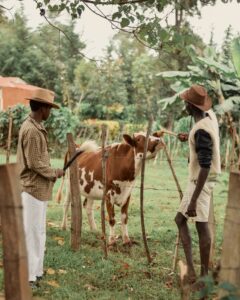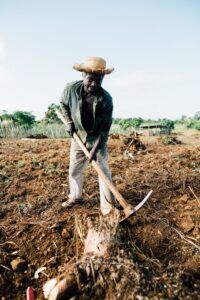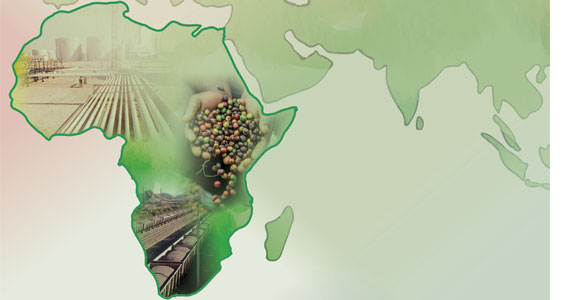Africa with its current population of approximately 1 ,39 billion people is expected to double by the year 2050 to about 2.5 billion. This translates the need to spur on potential growth and a significant increase in investment in various agricultural production systems, as well as an increase in the provision of products and services around agriculture such as agrochemicals, machinery, consultancy, project management, agricultural colleges, agro-centred financial investments, vehicles, and institutions.
Another element that will contribute to this growth is rapid urbanisation. After Asia, Africa is the second fastest urbanising region around the world. From 14% in 1950, Africa’s rate of urbanisation sits presently at 42% and it is expected that 50% of Africans will reside in urban areas by 2035. Forecasts from the Mckinsey Global Institute reveal that the number of African cities with more than 5 million inhabitants will rise to 17 in 2030.
An increasing young population is already impacting the evolution of food demand and adding to the structuring of physical and online food markets. When it comes to the growth of the youth population over the last decade, 70% of the population is aged below 32, a median age of 19, and 226 million people are aged between 17 and 26. Africa has the youngest population in the world. The number of working-age youth in Africa is unprecedented; on average 29 million additional young people will turn 18 every year between now and 2030. The region will have 362 million young people aged 15-24 years by 2050.
While this increase in population will come with its own challenges it will instantaneously present a good opportunity for the continent if employment of youths and the demographic dividend are well tackled. The increase in labour supply could create a first ‘demographic dividend’ and improve Africa’s annual growth of GDP per capita by up to half a percentage point, assuming constant output per worker by the year 2030.
In most of Africa, the increase in the density of the rural population of most sub-Saharan countries is exerting increasing land pressure and deeply influencing agricultural systems. There is now a reduction in the size of farms, and their fragmentation as demand for land for agricultural production is increasing. In Asia, a similar situation has led to agricultural intensification, resulting in a consequent increase in agricultural yields. In sub-Saharan Africa, however, this has led to a different result. The increased population density is associated with more intensive land use, but without increased fertiliser and irrigation.
The Covid-19 global pandemic has shown us how global production systems are interconnected. Global food security will have a big impact on how African agriculture progresses into modernity as first world countries have over the past half a century. These developments include the science and business behind agricultural production systems, from crop production to marketing and distribution of agricultural produce. For Africa to remain competitive and not be left behind in the race to feed f the potential 9 billion people globally in 2050, policies and administration of agricultural production systems will have to use a collaborative, holistic and hands-on effort.
Technological advances and investment towards new agriculture infrastructure are other factors that are bound to positively contribute to agriculture. More use of hydroponic farming, precision farming, drip irrigation, vertical farming, aquaculture, hybrid seeds and improved machinery and agrochemicals can establish a new era in sub-Saharan agriculture.

Africa has an increased population density, especially in rural areas, placing more pressure on land availability, agricultural systems and food security.
For this growth to be stable, however, several factors in the agricultural sector will need to be addressed such as climate change, land degradation, favourable interest rates, availability of cheaper land for rental or purchasing, an increase in an educated, experienced and professional agricultural workforce, as well as investment in research and development so that farmers have access to better and affordable breeds of livestock, poultry, fisheries, and hybrid varieties of seeds and plants. Results and detailed information drawn from research and development pertaining to agricultural scientific research will also contribute to affordable feeds with much higher feed conversion ratios.
Sub-Saharan agriculture must be concerned with the future progressive modern agriculture that will incorporate cautious and well-thought-out use of natural resources, ensuring that their exploitation will be efficient and optimal.

The increased population density in sub-Saharan-Africa is associated with more intensive land use, but without increased fertiliser and irrigation.
A drastic novel path that upholds and acknowledges global requirements must be plotted, that safeguards the agricultural interests of sub-Saharan Africa in which the systems set up can build and rebuild themselves, supporting efficient management strategies that enhance regenerative agricultural production systems.









